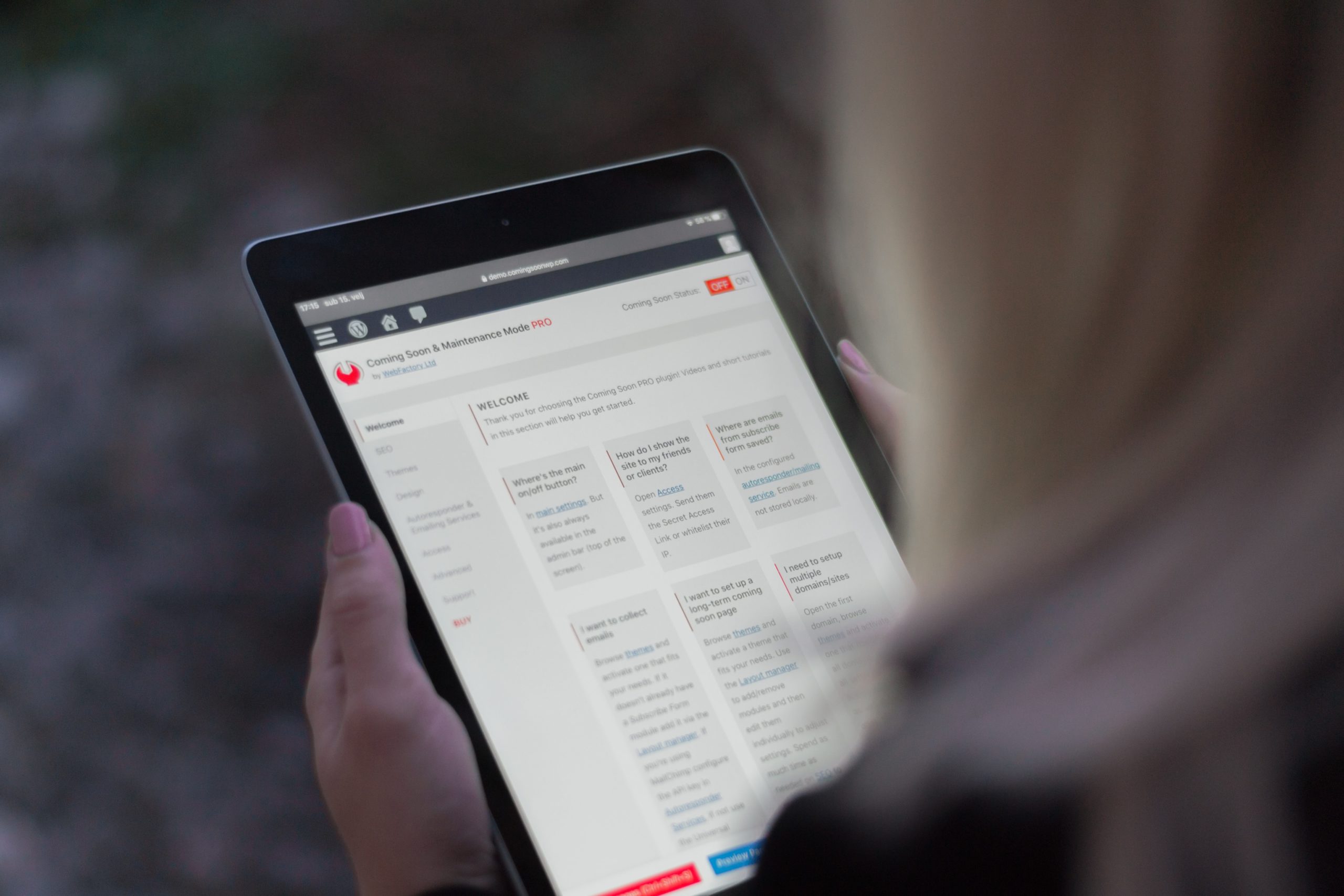When someone is looking for training, their first reflex is to Google search the name of the course they are looking for. Having your courses displayed in the first few results has become a strategic commercial challenge. Improving the referencing of your training offer is meticulous work, based on the principle of saving time for the person conducting the search. The quicker they find what they are looking for, the more inclined they will be to look into it further.
Interview and advice from Swann Le Moigne, director of the agency Staenk, specialized in web marketing and digital communications.
Why is referencing vital for training companies?
Up until now, it was possible to run a training company thanks to a loyal client base, mainly composed of companies. Nowadays, each individual can purchase training without necessarily going through their company’s training department or an institutional player. The first reflex of a web user looking to buy something is to search for it on the Internet!
What are the goals of search engine referencing?
There are two main goals:
- To drive qualified traffic to the website: 55% of web users click on the first three links that appear. The first page of results generates 75% of clicks*. You therefore need to be among the first in order to be chosen.
- To be identified as a reference in your sector: people are more inclined to trust a website that appears among the top results than on those on subsequent pages. Even if the user does not click immediately, they mentally ‘record’ the name of the training company.
What is the difference between paid and natural referencing?
- Paid referencing works based on the principle of advertising. The clickable link associated with the ‘Ad’ is shown at the top of the search results. The company pays according to the number of clicks on its ad.
Advantage: paid referencing is useful for pushing an offer or special campaign. The impact is visible in the short term while the advertising campaign is in progress.
- Natural referencing, or ‘search engine optimization (SEO)’ works based on the principles of awareness and popularity. The more people who click on the link appreciate it, the more popular it becomes. The more popular is becomes, the higher its position in the search engine results.
Advantage: natural referencing contributes to the company’s long-term visibility.
What do you need to do to gain search engine popularity?
Search engines analyse the content of the page and the behaviour of those who click on it. In order to become popular and rise to the top of the results:
- The information on the page must correspond in full to the request. The purpose of the search engine is to match millions of requests to millions of pages. The more structured, coherent and complete the information contained on a page is with regard to the terms of the request, the higher ranked it will be in the results. This is known as responding to the user’s search intention.
- The user expresses an interest in the information found. When the user opens a page and stays on it, the search engine considers that the title matches the content. If a user clicks on a page but leaves it straight away, this means that the page has not met their need. The page title may be misleading. If the user stays on the page for 5 minutes then clicks on the ‘Sign Up’ or ‘Contact’ link, the page has fulfilled the request/need.
How to choose a main title for the referenced page?
The page’s main title is strategically important. It must not be misleading. A bad strategy would be to display an offer of training for a user looking for an article on the subject of training.
If a user types in ‘how to train a team in intercultural management’, we presume they are looking for an article and advice on the subject. If they type ‘intercultural management training’, they are looking for a training course. If a page entitled ‘how to train a team in intercultural management?’ brings up a commercial proposal, the user will probably leave the site, as this is not what they are currently looking for. This page then loses credibility with the search engines and is no longer displayed at the top.
How to choose the page title and headings?
You need to define a title tag and heading tags for all the content in your website’s back office. These are essential for natural referencing.
- The title tag is the main title of a web page. It describes the content of the page. The search engine then processes the information and can rank the web page accordingly. The title tag is the main title of an HTML document and is not to be confused with heading 1 of the content.
- H1: this is the main heading of a web page. It may be different from the title tag, but not too different.
- H2: this is the first level of sub-headings. There may be 4 or 5 of these.
- H3: this is the second level of sub-headings.
- The meta description tag allows you to add a short description. In the example below, the title tag correspond to the title: ‘Training company specialized in natural referencing, etc.’.
The more the text is structured into H1, H2 and H3, the more readable and comprehensible it will be for users searching for information and high-quality content via a search engine.
Our advice: create a separate page for each training course
To give yourself the best chance of being visible to web users when they search for a course, you need to create a separate page per course. If your company offers a lot of courses, you can optimize your natural referencing by grouping them into training categories, such as ‘Management Training’, ‘Project Management Training’, etc.
A training page must contain all the relevant information
Once on the training presentation page, the web user will not want to leave if:
- The title of the training corresponds to their search,
- The training programme is presented,
- The target audience is specified,
- The location is indicated,
- The dates of the next sessions are provided,
- The price is displayed,
- The trainers,
- The teaching methods used,
- A presentation PDF is available (for internal use),
- The advantages of the training company.
If all of the above information is satisfactory, the user will want to find out more. We advise including buttons to contact the company immediately, such as ‘Sign up’ or ‘Contact us’.
Showcase web pages are often poorly ranked
If, on the other hand, the main pages of your website focus on presenting the training company rather than the courses, the search engine will not identify them as relevant as they don’t correspond to users’ searches; they merely support your landing pages. This is the case for pages such as: About us – Our methods – Our team – Contact, etc. No web user searches for these titles.
A page that lists all the training courses does not correspond to a specific search and will therefore not be prioritized. A programme in PDF format does not boost the page’s natural referencing.
Additional information to reassure the visitor
To keep the web user on your page and prevent them from leaving, it is important to reassure them. Once they have obtained the objective information they need (theme, duration, date, target audience, etc.), subjective factors come into play. The questions that then emerge are ‘Is it a good course? Is it a good company?’ This is where client opinions and testimonials, particularly by video, give your offer credibility.
Use keywords to move up in the search results
By typing the first words ‘management training…’ in the search bar, you can see the words that are most frequently searched for by web users. This feature, called Google Suggest, may display terms such as ‘team management training / project management training / change management training, etc.’. This terminology can be used to select the training words that must be included in the title of the course or in its summary presentation. On a full web page, however, the aim is not to repeat these words but rather to use a rich vocabulary pertaining to your theme.
Other suggested related terms are also displayed at the bottom of the page.
What other websites say about you is also important
The popularity of the pages of a website also depends on what other websites say about you. If a media outlet talks about your training company and links to your website, this lends it credibility. The search engine take this popularity among trusted media into account. It would be a mistake, however, to actively search for links from any website whatsoever. On the contrary, this would have a negative effect.
Our advice: ask your partners, participants and suppliers to mention your training company on their website and ask them to include a link to your website. You can also give interviews to specialized media in your sector in order to increase awareness about your company.












